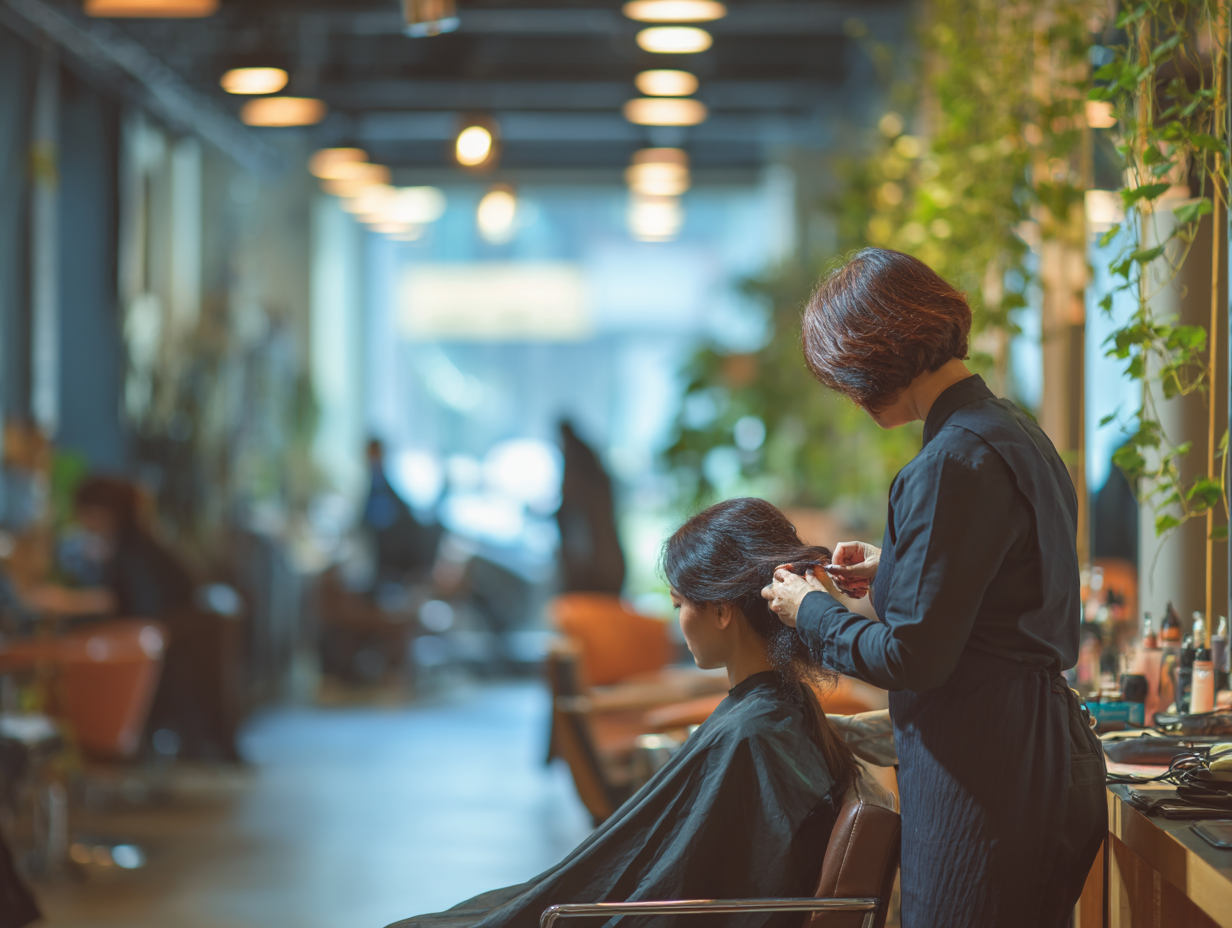Why the Crown if the Head Needs Its Own Cutting Strategy

The crown is one of the most misunderstood—and mishandled—zones on the head. Often treated like just another part of the back section, the crown behaves nothing like the nape or occipital. Its growth patterns, elevation sensitivity, and exposure to gravity make it a neutral zone that either supports the entire shape—or sabotages it.
Stylists who treat the crown with a one-size-fits-all approach often create flat spots, shelf lines, or volume collapse. Understanding how to cut the crown as a unique zone is key to designing a shape that holds structure, movement, and longevity.
Why the Crown Behaves Differently
1. It Sits at the Apex of Movement
The crown is the transition point between vertical fall (sides) and horizontal fall (back).
Hair here doesn’t just fall down—it radiates outward in multiple directions, creating volume or collapse depending on how it’s cut.
2. Density and Texture Vary Rapidly
The crown often has:
- Cowlicks or whorls
- Finer hair or thinner density
- Less consistent growth patterns
This makes it unpredictable unless specifically accounted for.
3. It’s the First Place Volume Collapses
Whether it’s a layered shag or a long one-length shape, the crown determines whether the top of the haircut lifts—or goes flat.
Too much weight and the shape droops. Too little, and it exposes scalp or disconnects from the rest of the form.
Common Mistakes in Crown Cutting
- Using the same elevation as the back of the head
This ignores how the crown expands outward and needs its own support system. - Overdirecting from side to side
Creates imbalance or layering that looks clean wet but falls awkwardly when dry. - Cutting the crown last
If the crown isn’t planned early, the rest of the shape may not support it. - Ignoring cowlicks
Leads to unwanted lift, separation, or inconsistent parting behavior post-dry.
How to Approach the Crown Strategically
1. Isolate It as Its Own Section
Separate the crown from the upper occipital and top sections. Treat it as an independent zone with unique fall behavior.
2. Adjust Elevation and Overdirection Based on Desired Outcome
- Want more crown volume? Use higher elevation (90–135°) with minimal overdirection.
- Want a flatter, sleek crown? Lower elevation with weight stacking toward the occipital.
- Cutting dry? Use natural fall and visual cutting to preserve pattern integrity.
3. Address the Crown Early in the Cut
Cutting the crown first or early allows you to balance the rest of the shape to it rather than trying to retrofit it at the end.
4. Blend Vertically, Not Horizontally
Avoid cutting horizontal layers across the crown. Instead, use vertical sections and slide or point cut with intention to preserve softness and avoid ledging.
Tips for Cowlick-Heavy Crowns
- Don’t fight the pattern—work with the direction of growth.
- Use the natural parting as a guide for weight placement.
- Dry cut with the pattern in mind to avoid pushing volume where it’s not wanted.
- Always cross-check crown work in the mirror—subtle imbalances show fast in this area.
Finishing Techniques to Support the Crown
- Dry-cut detailing after styling to check how the weight falls in motion
- Light texturizing to soften transition points between crown and top
- Product strategy to support or relax lift depending on the haircut’s goal

